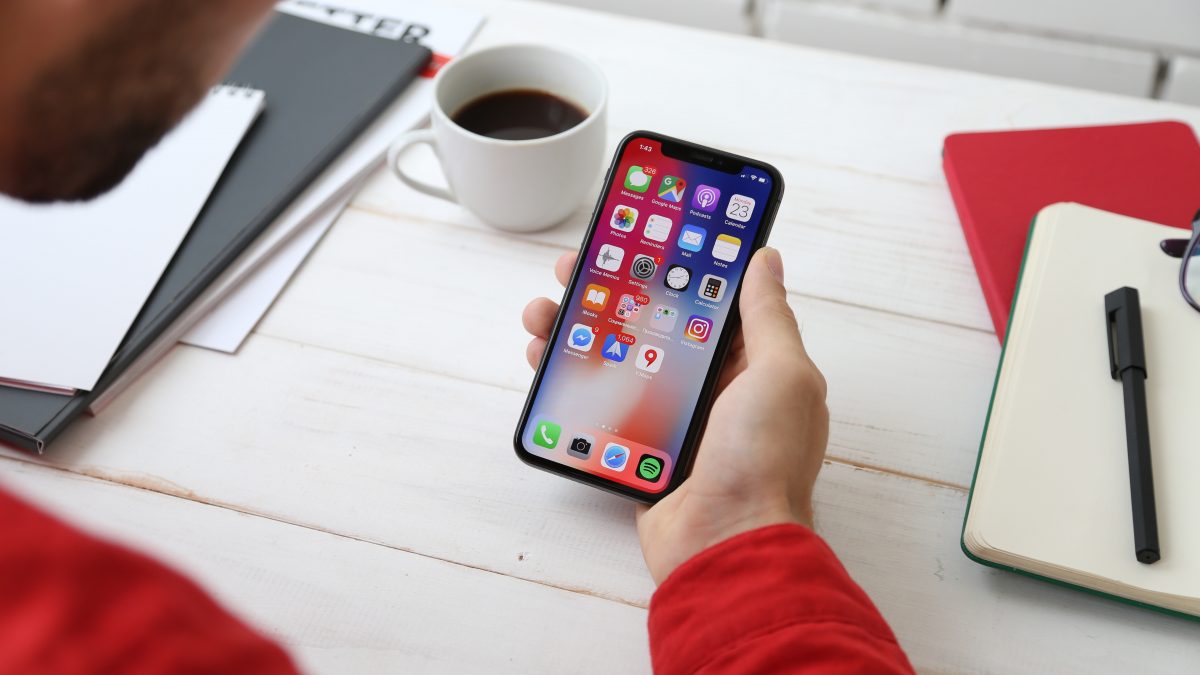Let’s start from the basics. Like with any project, app development starts with a clear understanding of what you want and how to get it. Set objectives, develop processes to achieve them and design a detailed step-by-step plan to keep track of the progress. When that’s done, app development-specific tasks kick in. Ready to dive into all of these? Let’s go!

Step #1: Define clear objectives
Before you jump into app development, it’s vital to have your goals and motivations clear. Are you solving a problem? Reaching a new audience? Launching a new product? Or simplifying brand interactions? Investing time into the definition of your goals is the first step to your app success.
Step #2: Structure your idea
Think value and user journey. Write down your app idea in a more structured way – think about the features you need and the user journey. Define critical and “nice-to-have” features of your future app. Think about the value that your app will bring.
Step #3: Research the heck out of your app idea
Market research and competitor analysis are everything. for your success. Your idea needs to be better than what already exists on the market, your app needs to solve a real problem and be useful.
Step #4: Project architecture & app design
You got your basics – you have a great app idea, you structured it and you confirmed your assumptions with research.
Now off to creating an architecture for your app. Project architecture is like building a strong foundation for a house. It’s the first step in the design stage and a critical step in the process that helps ensure your App meets your requirements & functions properly.
An App’s Architecture typically includes a high-level design of your app’s features & functionality. It can also include information on the technologies and tools needed to build your app, as well as a timeline for app development.
Step #5: Wireframing
With app architecture done, we come one step closer to having the app – we build wireframes.
Wireframes are the visual representation of your App’s layout and functionality. They’re like a Blueprint for your App, helping you to identify and correct potential issues early on in the process.
By using Wireframes, you can:
– Ensure that your App meets your requirements and functions correctly
– Get a clear picture of your app’s flow and functionality
– Identify potential problems & areas for improvement
– Save Time & Money by catching issues early on
Step #6: UI/UX Design
UI/UX Design is all about creating an app that is visually appealing, easy to use, and engaging for your target audience. By investing in this stage, you can ensure that your app meets the needs of your users and stands out in the crowded app marketplace.
Step #7: App development
And finally! App development! That is the stage where your app comes to life. It involves coding, integrating features, and building functionality based on the architecture, wireframes, and UI/UX design created in the previous stages. The development team works closely with project managers and designers to ensure that the app is being built according to the specifications and requirements.
Step #8: Q&A Testing
And no, it doesn’t end with development 🙂 You need to make sure what you developed works. QA Testing is here for that. It involves rigorous testing of the app’s functionality, performance, usability, and compatibility with different devices and platforms. The QA team puts the app through various test scenarios and identifies and reports any bugs or issues to the app development team.
At MessApps, we have a dedicated team of QA engineers who use automated and manual testing techniques to ensure the app meets the highest quality standards. We perform functional testing, user experience testing, performance testing, security testing, and compatibility testing to ensure a bug-free and seamless user experience.
Step #9: App Launch
And here it is! We’ve reached the D day, app development is done!
At this point, your app is ready to be released to the public. It involves submitting the app to the respective app stores (such as the Apple App Store or Google Play Store) and making it available for download. App launch also includes marketing activities like creating a compelling app description, optimizing keywords, and promoting the app through various channels.
At MessApps, we assist our clients in the app launch process by providing guidance on app store submission requirements and best practices. We also offer app store optimization (ASO) services to help your app rank higher in search results and attract more organic downloads.
Get in touch with us if you want app gurus to build your app or help you in the process.
PS: Check out how hundreds of our did – check our work out here.




